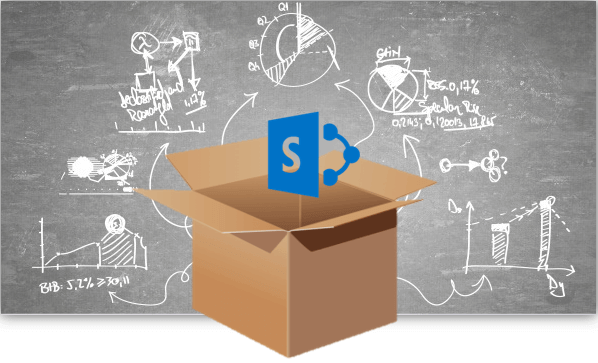January 8, 2015 - by Synoptek
Workflows are tools that manage personal, office, department or an entire organization’s processes. A SharePoint workflow is an automated flowchart that takes a lot of the effort, guesswork, and arbitrariness out of your regular work processes and makes it simpler for you to streamline your tasks. It is most useful in automating existing conceptual or manual work processes of the company and reducing human dependence on enterprise as far as possible.
No matter your business’s size, the ITaaS journey is only as good as the managed service partnerships you forge. Download our asset to learn more.
Workflows in SharePoint provide great ways to save time, effort, and cost by automating existing business processes. Many business needs can be addressed through SharePoint workflows. Here are some of them:
- Attending to customer service requests
- New employee accounts creation
- Budget and Leave request management
- Employee recruitment process management
It would be hard to track these business needs if they were managed with pen and paper as in the early days. SharePoint workflows provide a great solution.

Although business needs vary, some business needs almost look the same across organizations. Let’s look at five SharePoint out-of-the-box (OOTB) workflow templates:
1. Approval
Think about a document or a list item that needs to be approved before being made visible to many people in the organization. The Approval workflow helps automate this process and the progress of approval can be monitored at any given time.
2. Collect Feedback
Sometimes content isn’t drafted in a single attempt or by a single person. In such scenarios, the Collect Feedback workflow provides support to get feedback and comments from several people within the organization. Each person who opens the assigned task to provide feedback can interact with three actions:
- Send feedback
- Request change in an item
- Reassign task
3. Collect Signatures
Imagine a proposal within the organization that needs to be sent to management. People within the organization might or might not like to sign it. The Collect Signatures workflow provides the options to either sign or ignore.
4. Publishing Approval
This workflow is designed to approve the changes made to pages in a publishing site. For example, imagine an employee adding a news page to the public-facing site.
5. Three-State
This lets you track progress on a business process as follows:
- Active
- Ready for review
- Complete
This template is mainly used for issue tracking using SharePoint. It can still be customized and used for many other situations.
Don’t Try Reinventing the Wheel
Workflows are really useful. Many times, when a workflow requirement arises, the IT teams attempt to make custom workflows by being specific. But if you use the OOTB workflows, sometimes things can be done very easily. There might be small process changes within the organization that might not affect much. So in a situation where you need to automate a business process, first try to get things done using OOTB workflows. It doesn’t always have to be a custom workflow.
SharePoint workflows help in streamlining and automating multiple business processes — from feedback, approvals, collecting signatures, to peeping into the status of a regular procedure.
Which of these workflows do you think will benefit you the most? Learn how Microsoft SharePoint can help make collaboration easier today!
